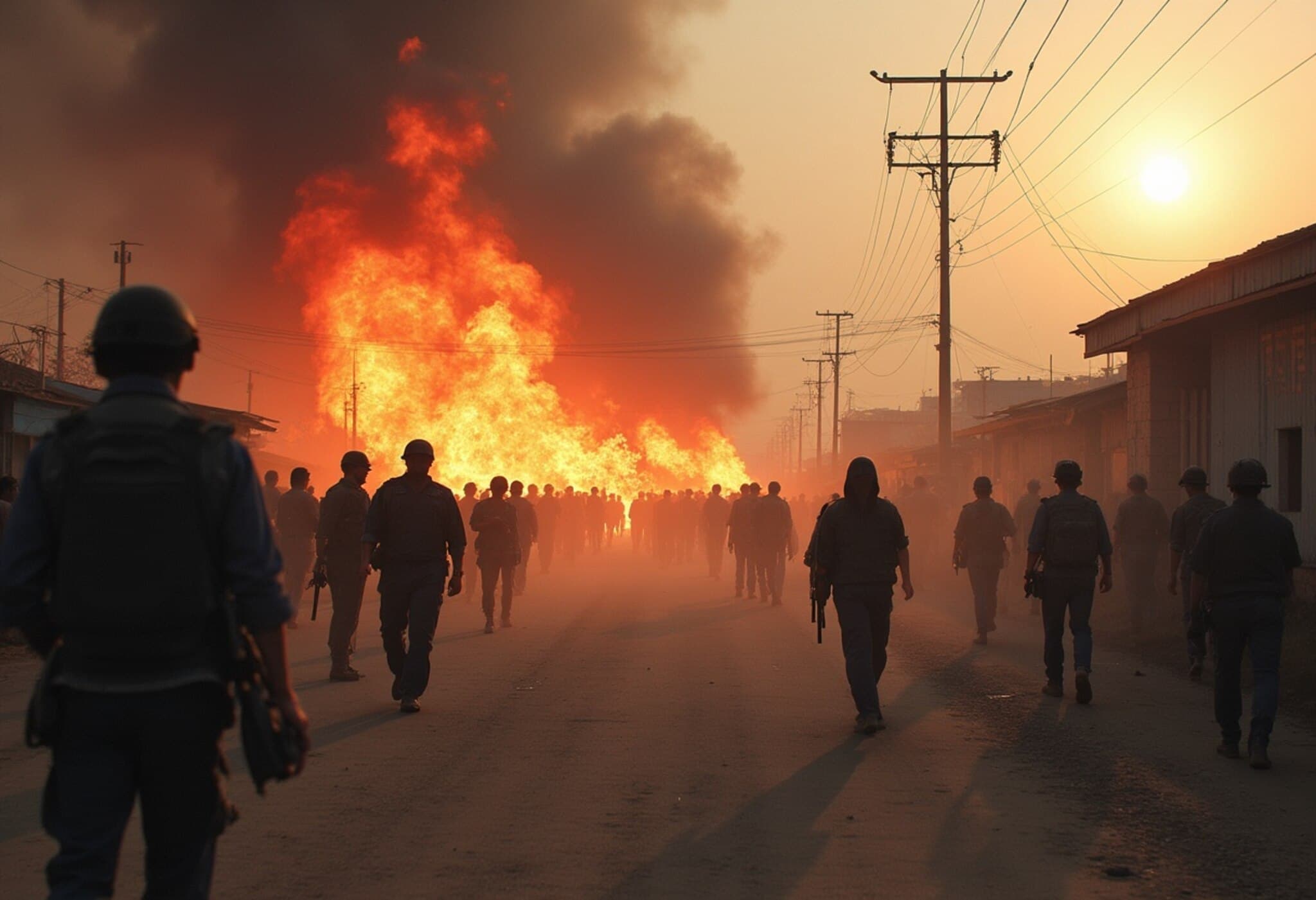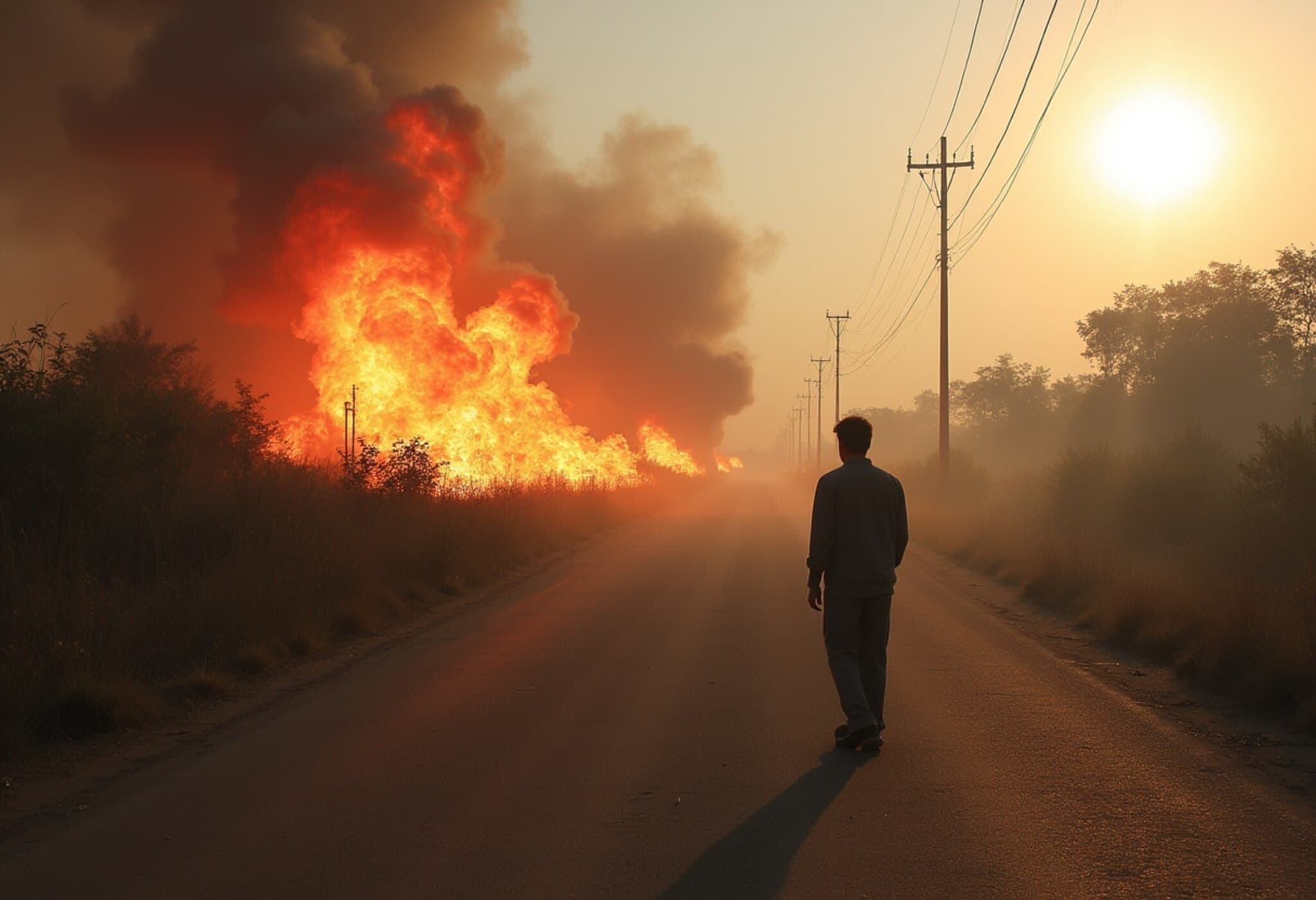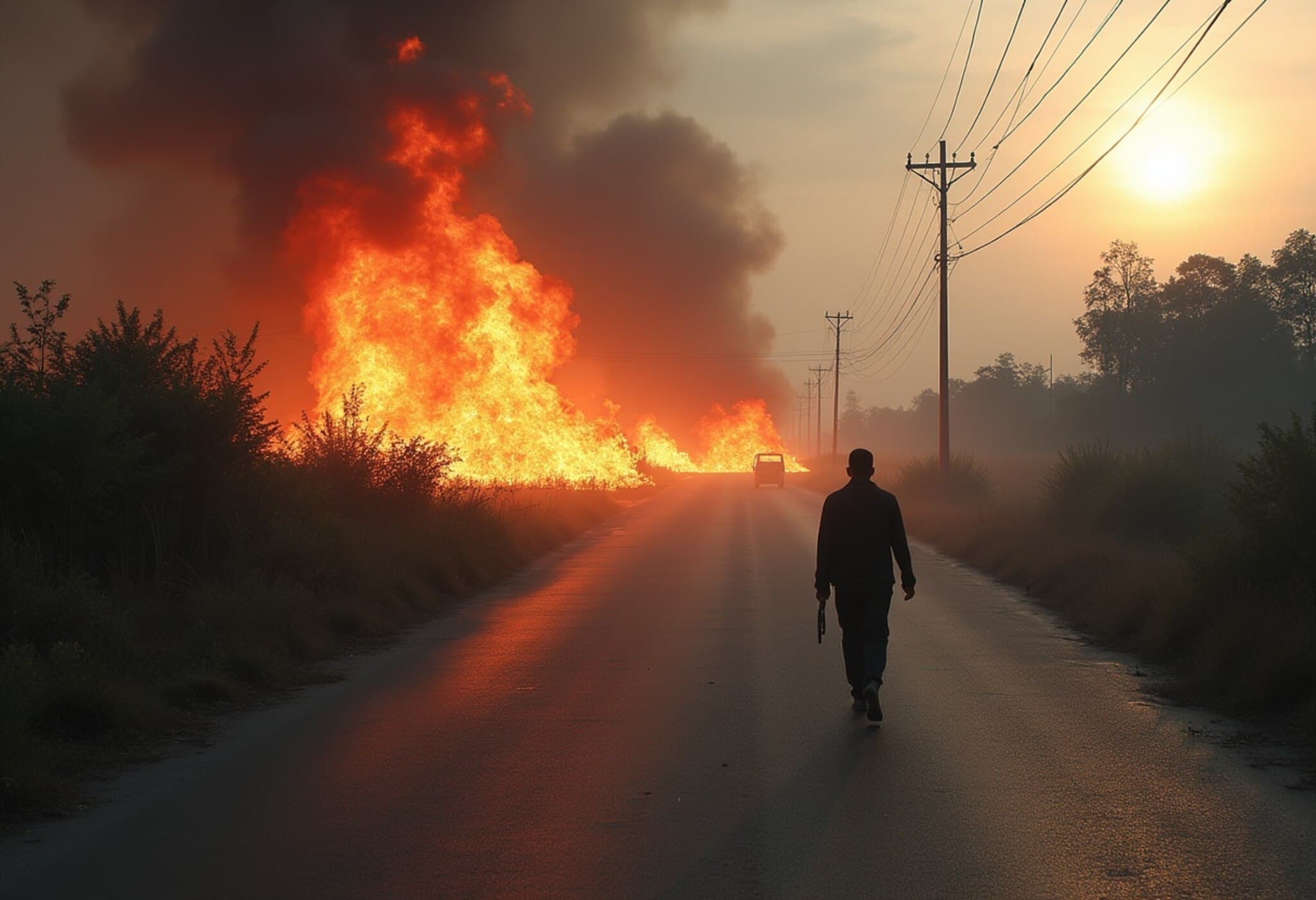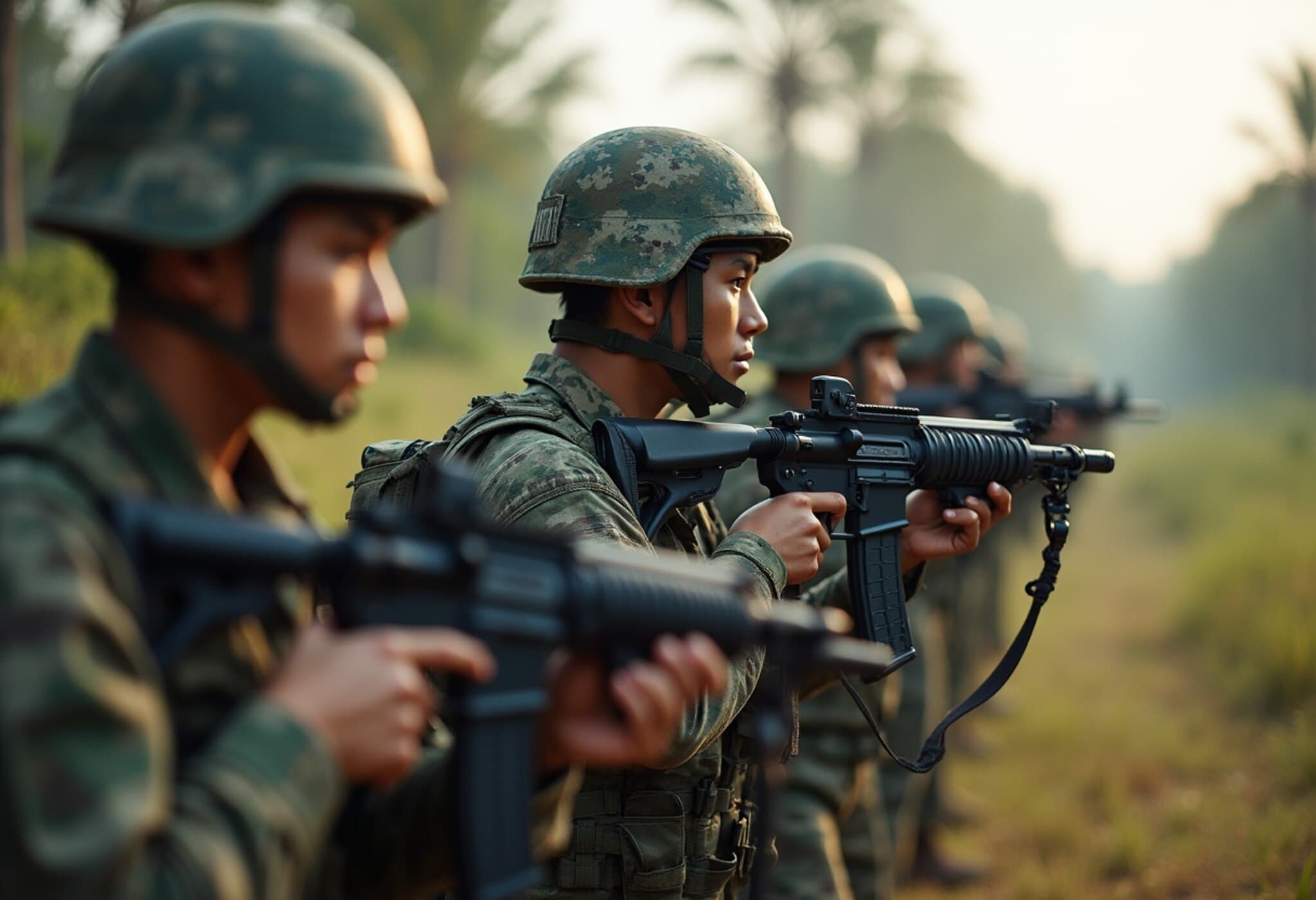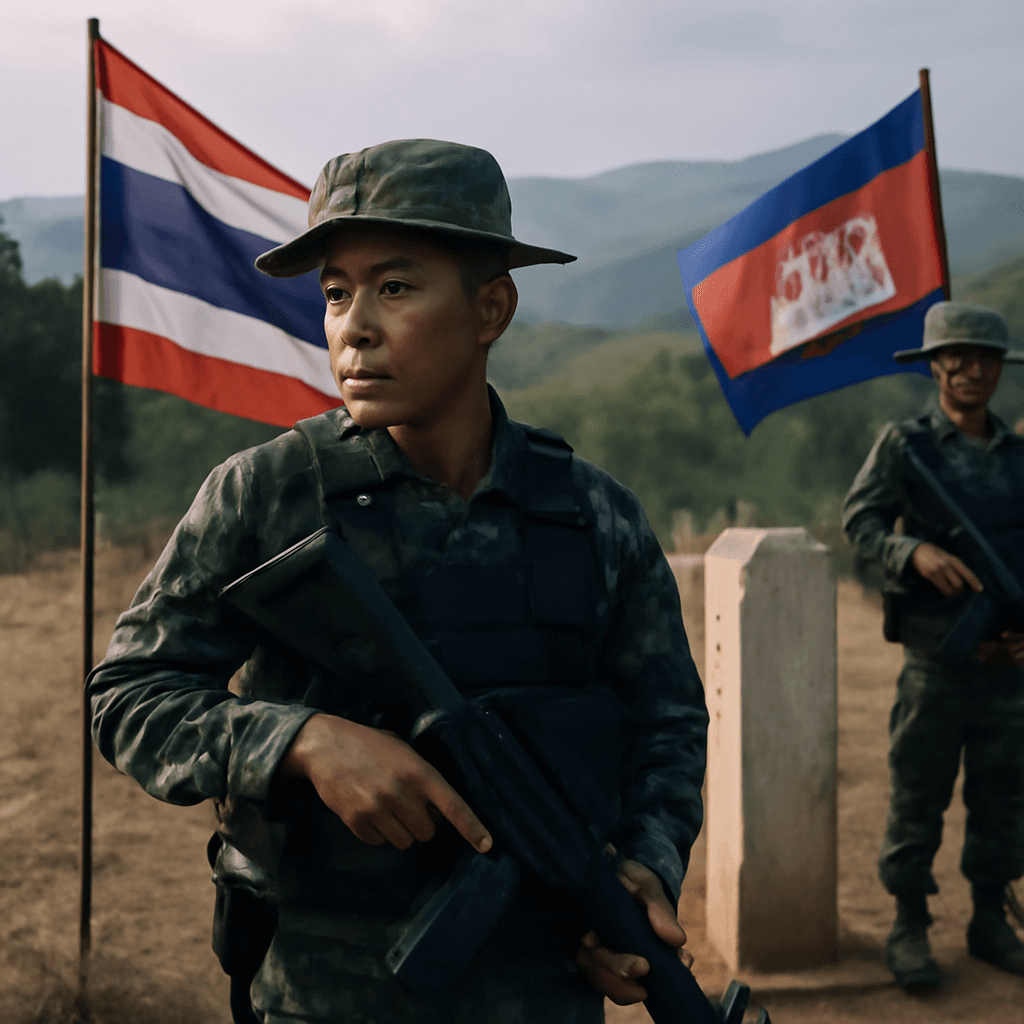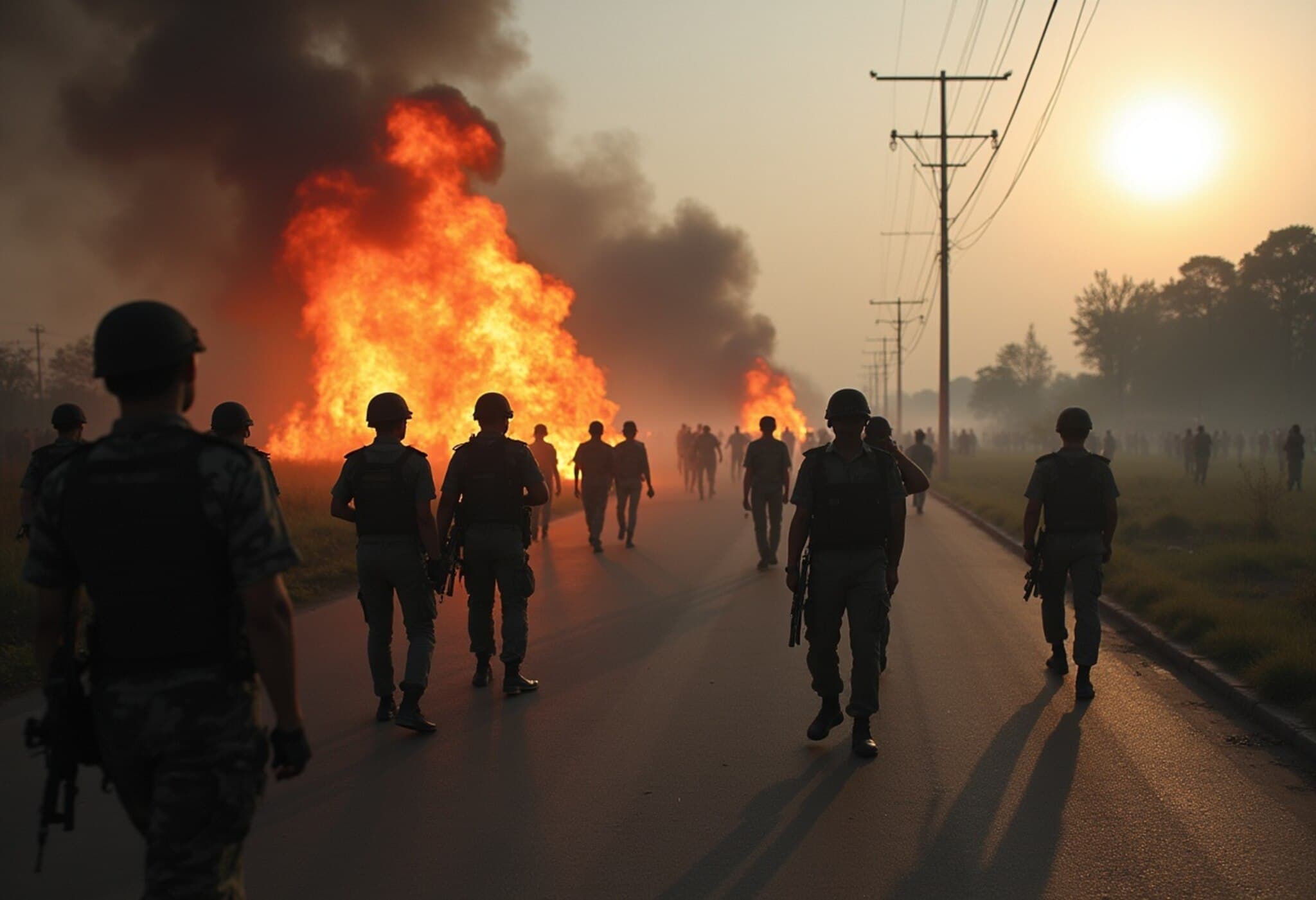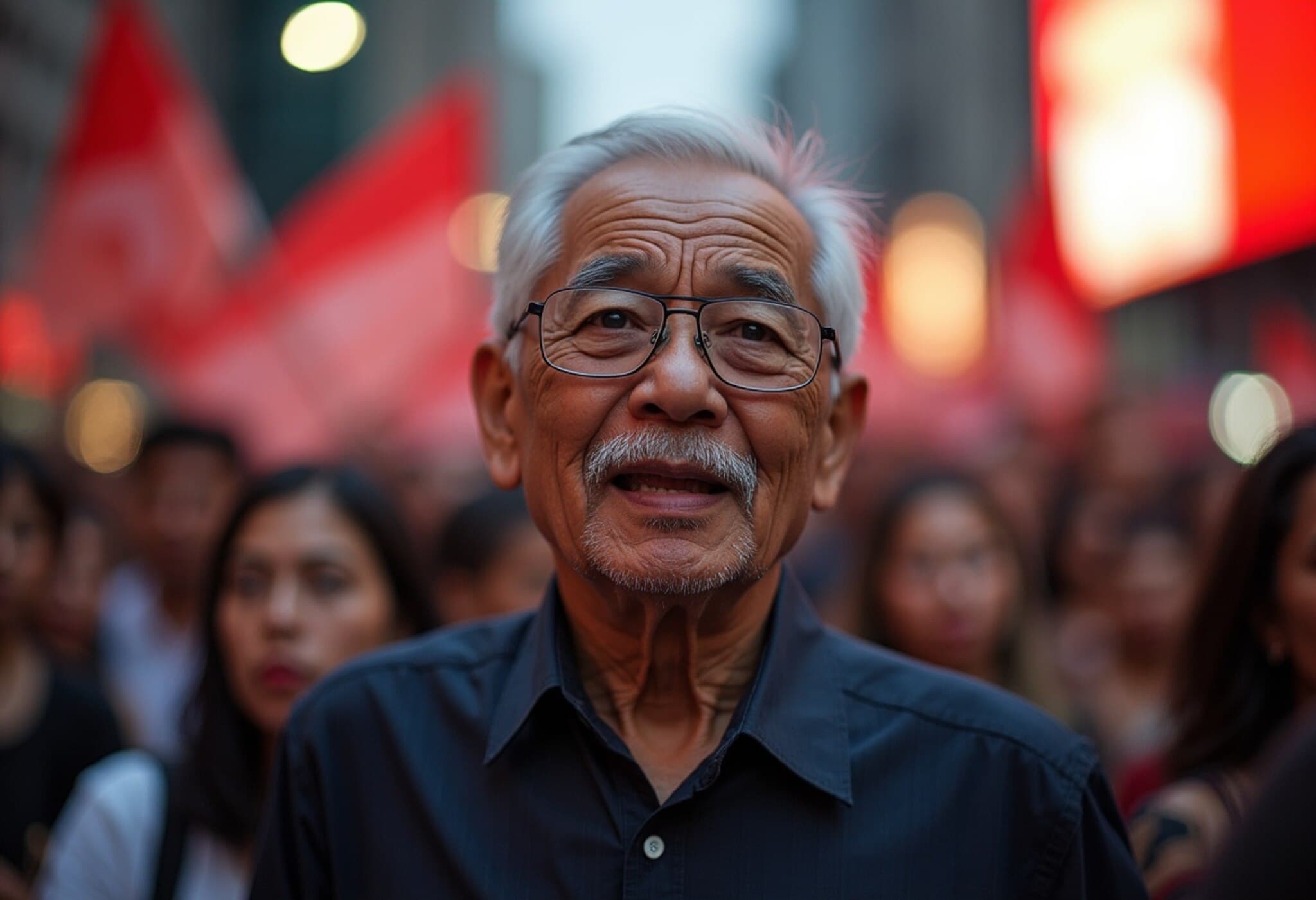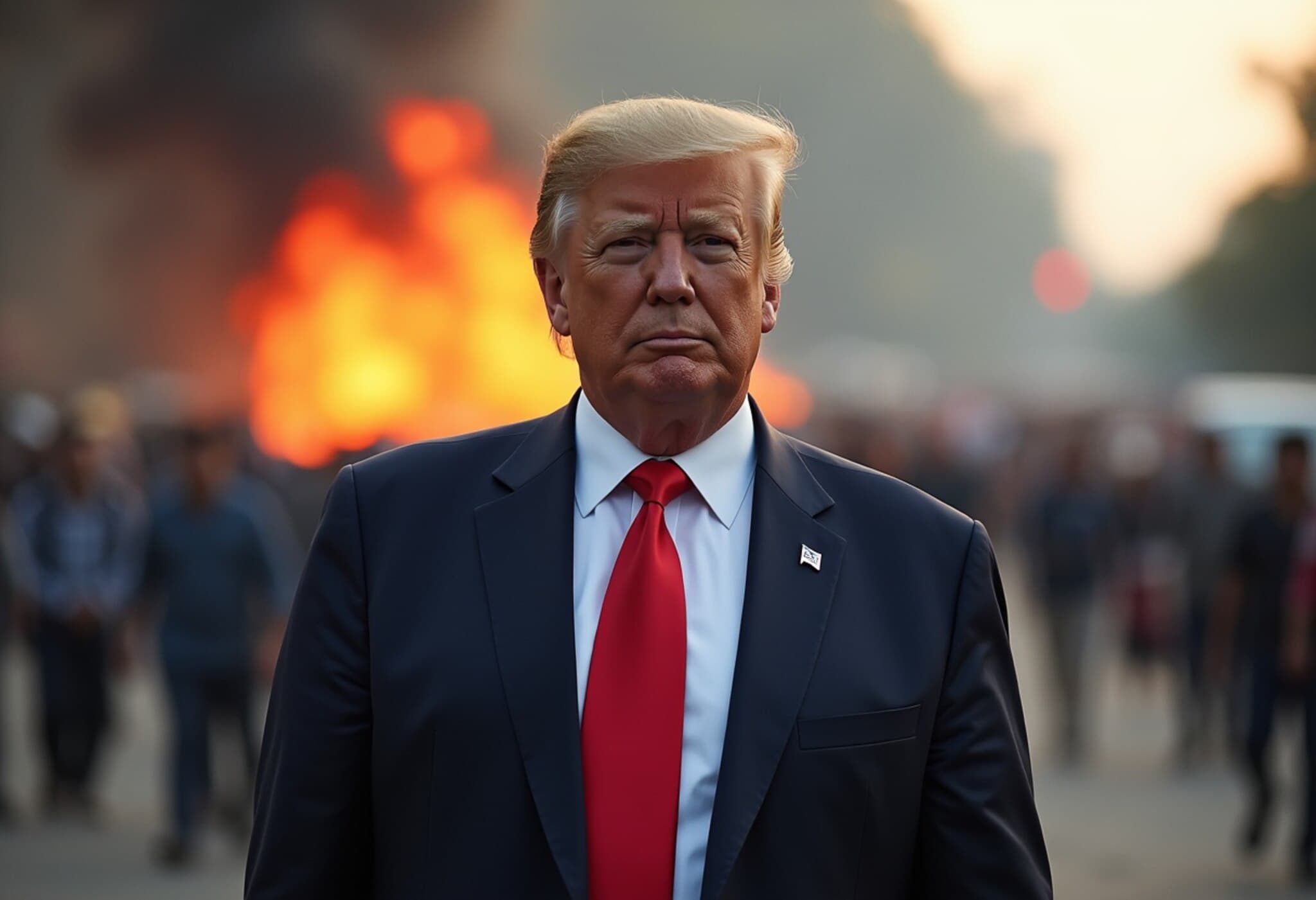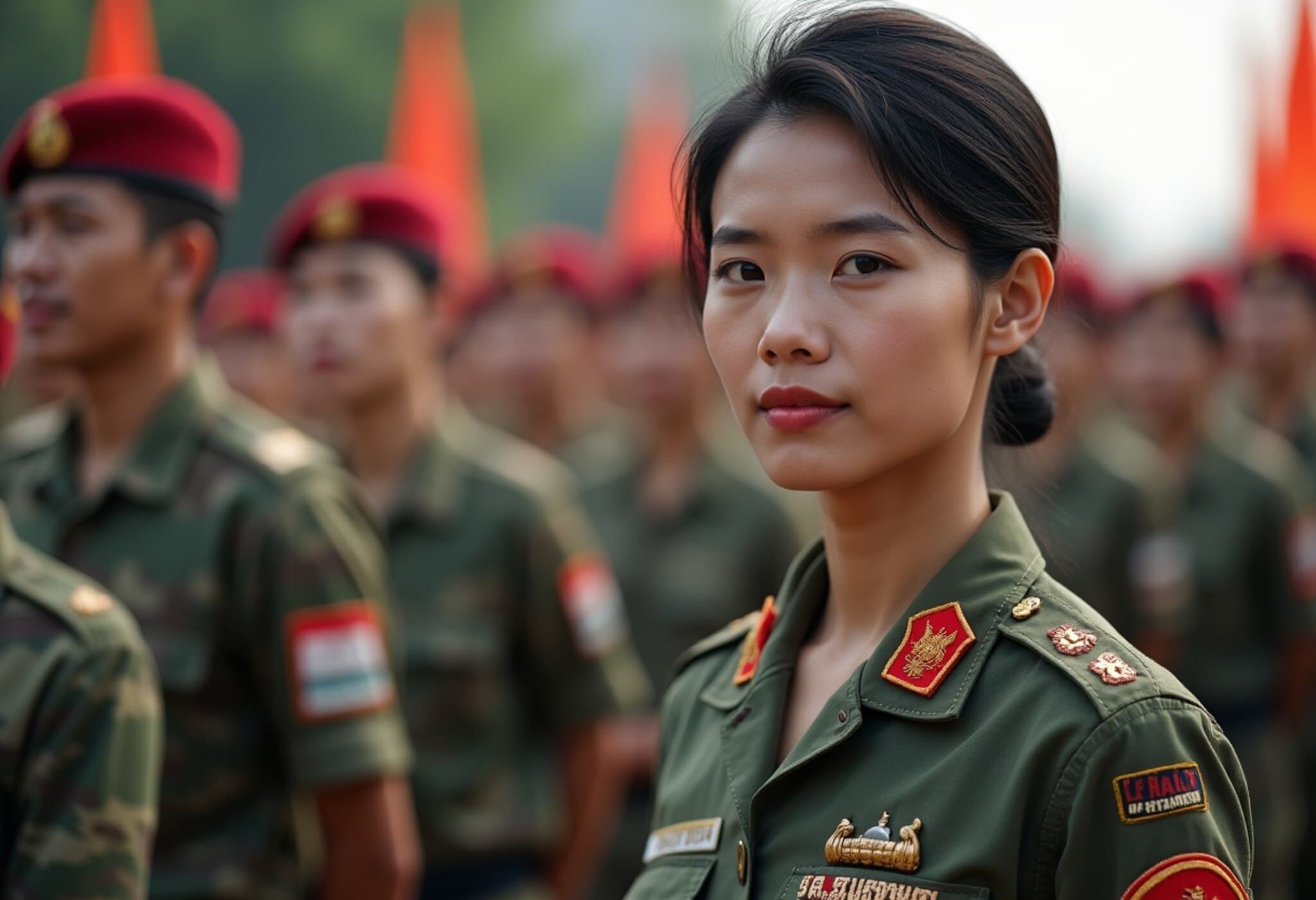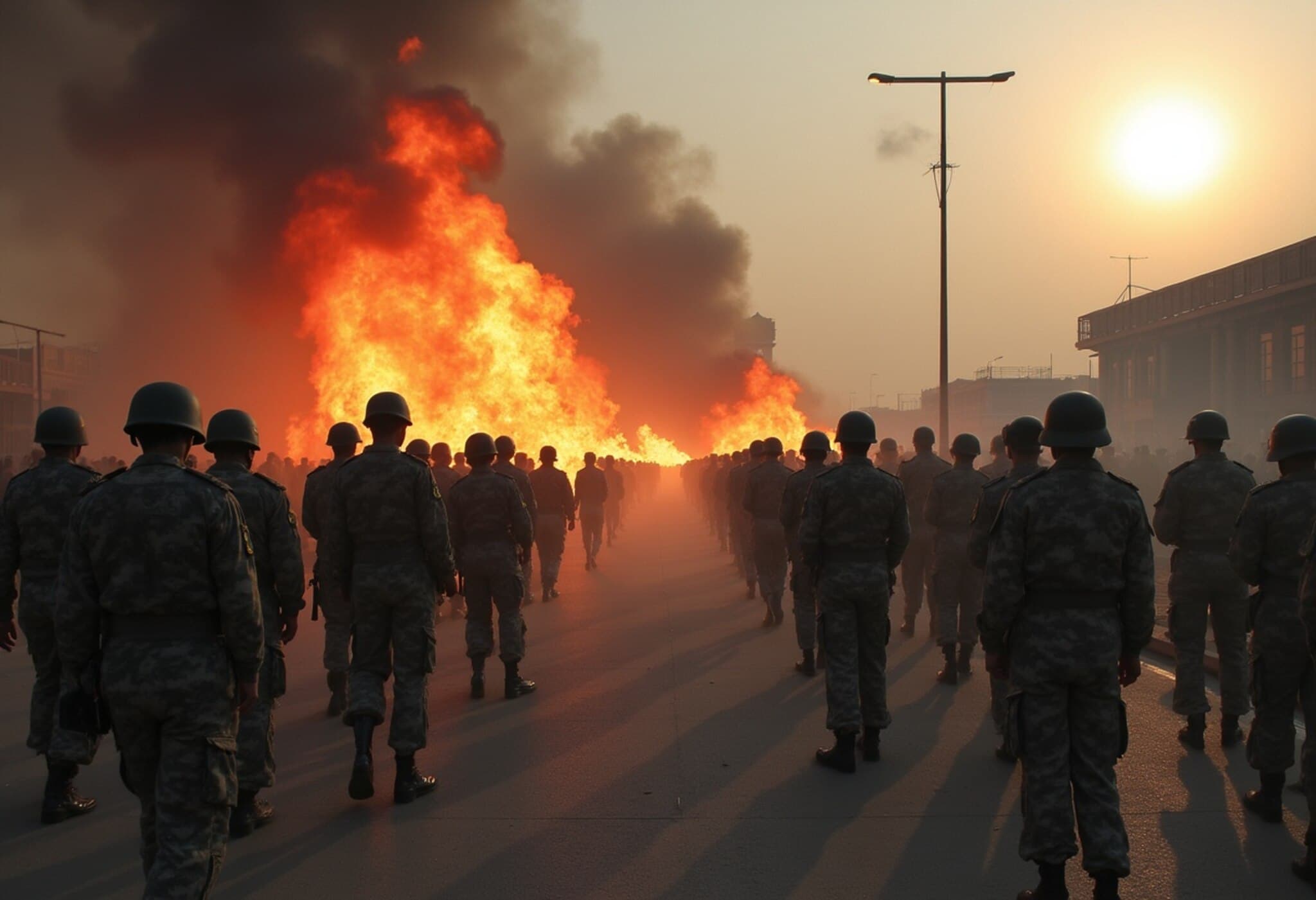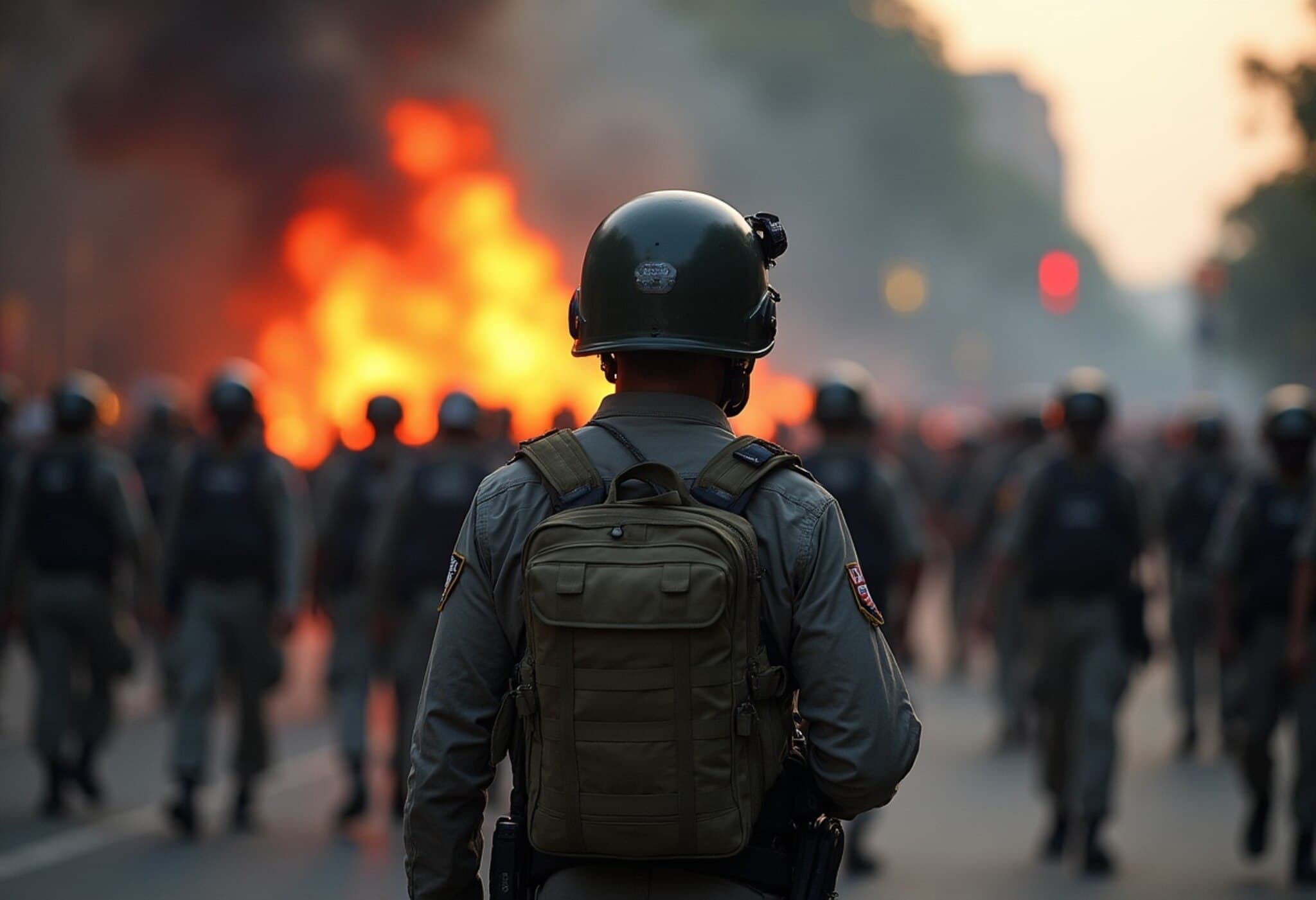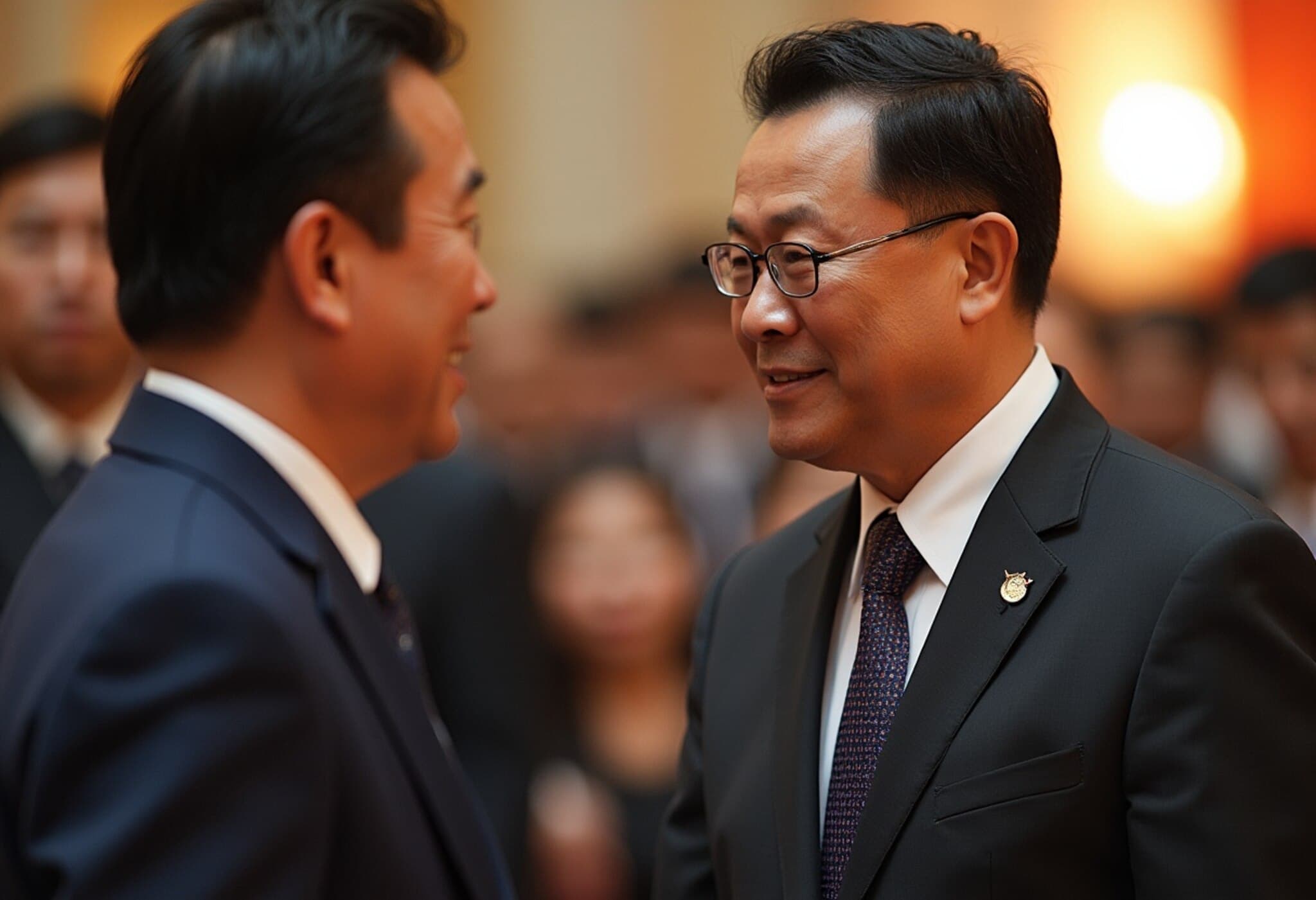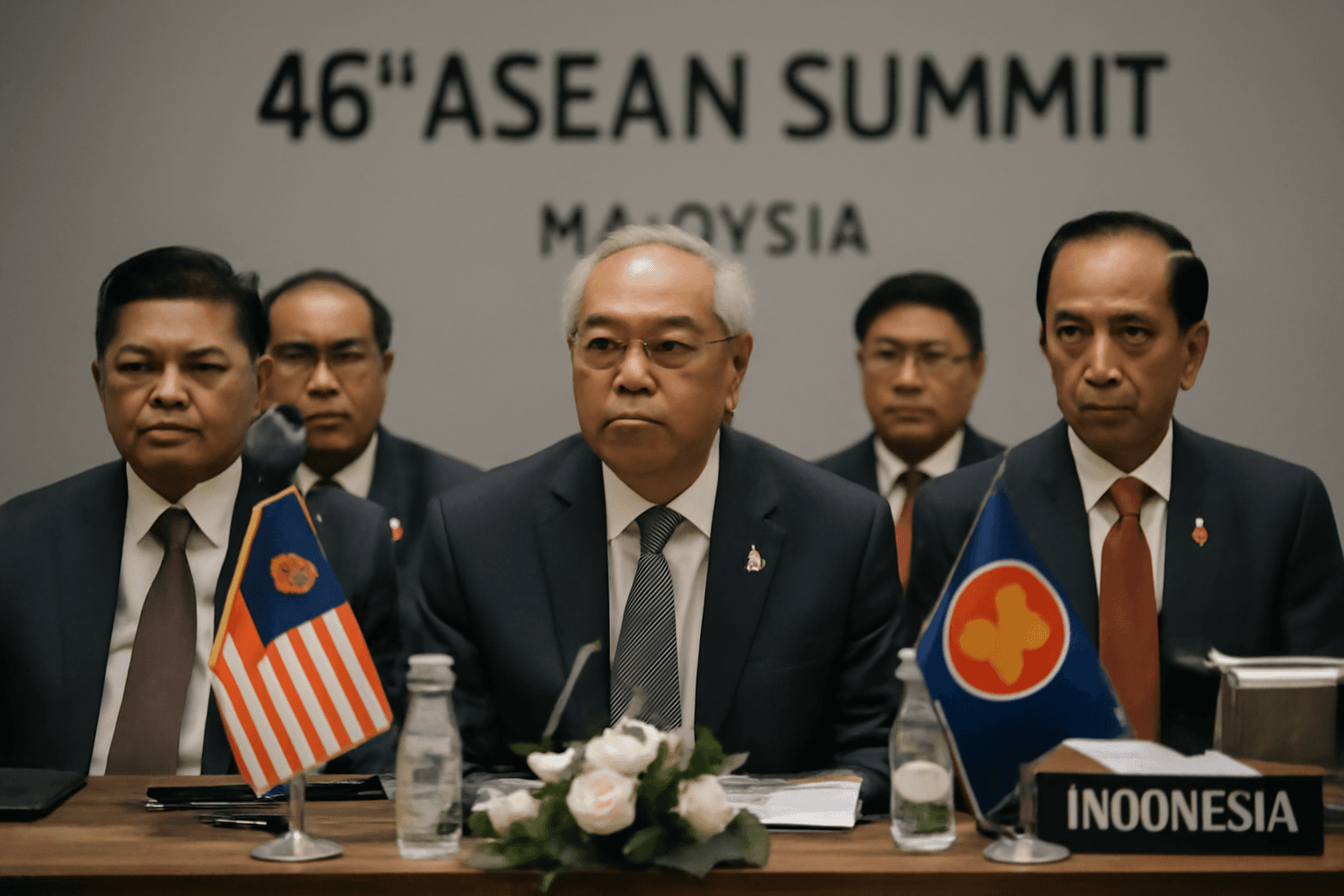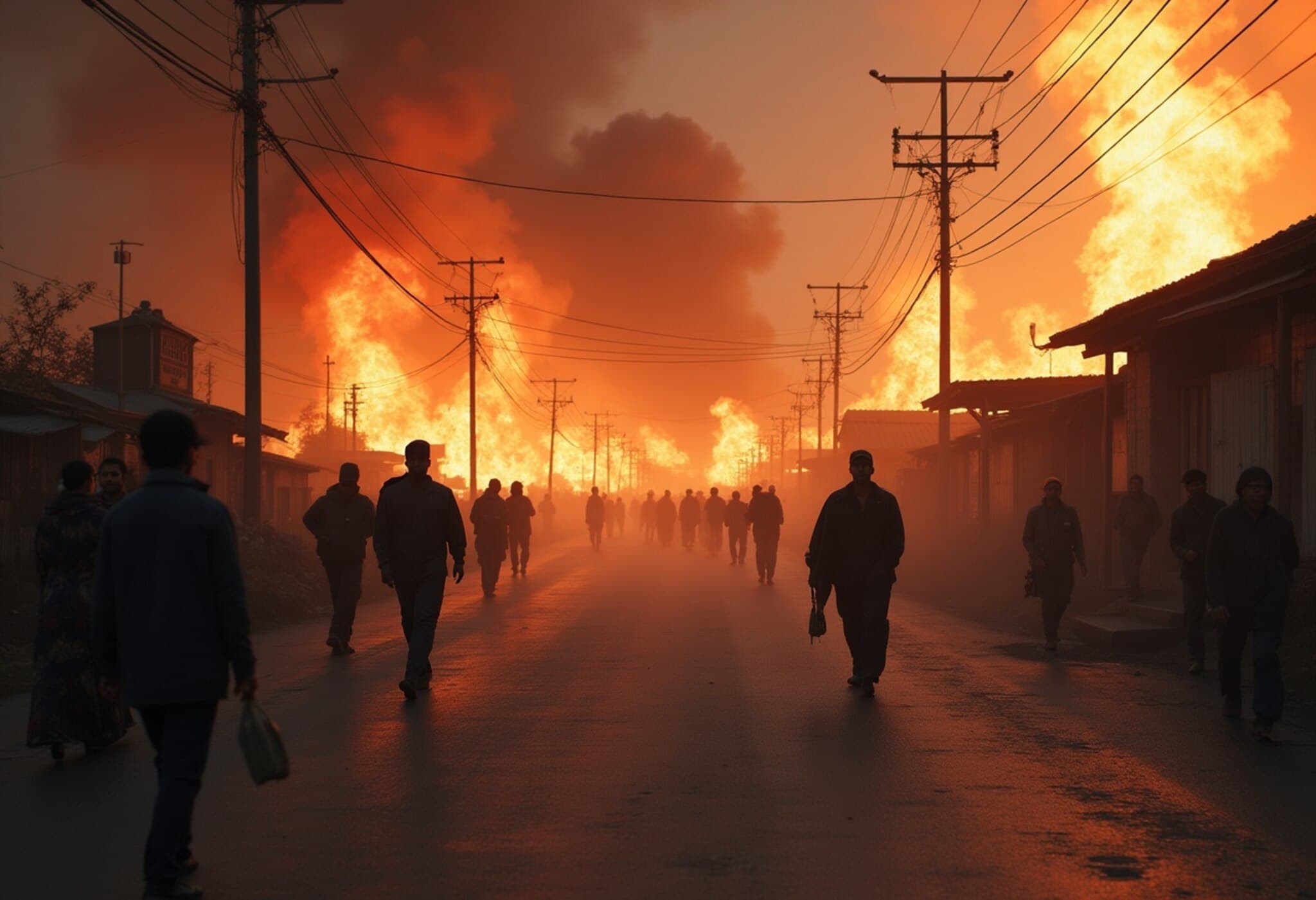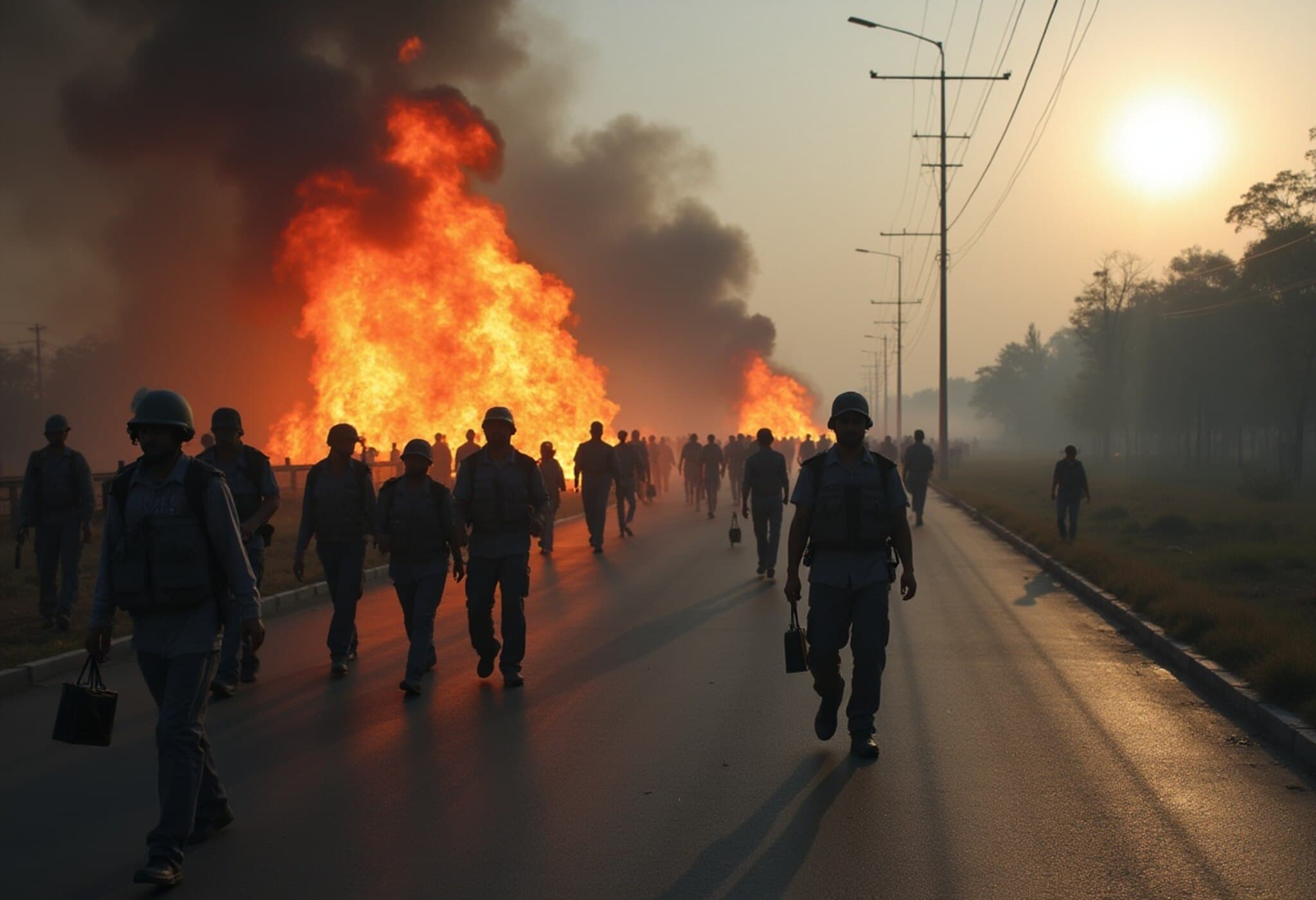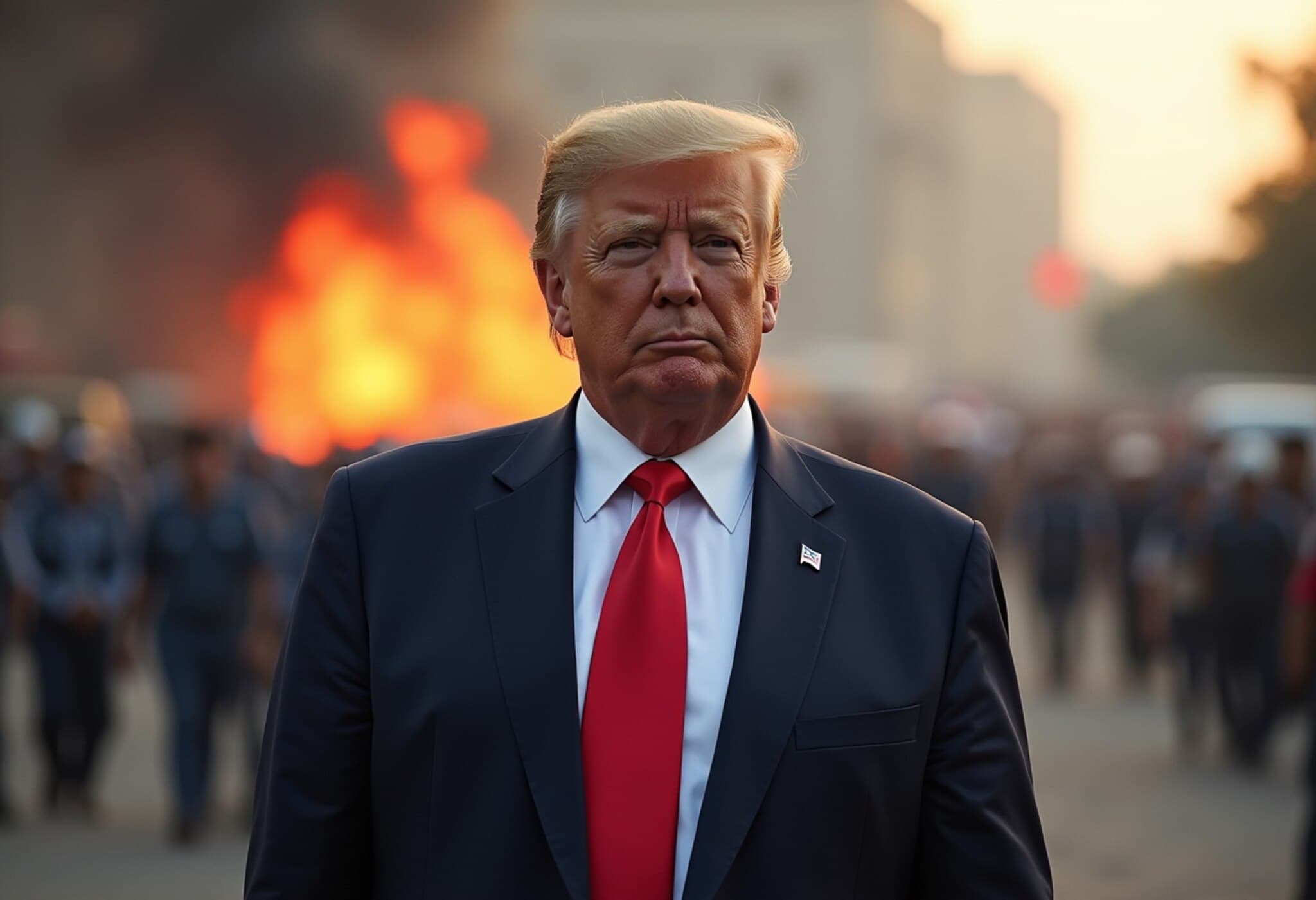Violent Clashes Along Thailand-Cambodia Border Result in 14 Deaths and Massive Displacement
Recent weeks have witnessed a sharp escalation in conflict between Thai and Cambodian forces along their long-disputed border, culminating in at least 14 fatalities and forcing over 100,000 civilians to flee their homes. The violence, characterized by heavy artillery, rocket fire, small arms exchanges, and even airstrikes, marks the gravest confrontation between the two Southeast Asian neighbors in more than a decade.
Human Cost: Displacement Surges in Border Provinces
According to Thailand’s Interior Ministry, fierce fighting has engulfed four key border provinces, compelling authorities to enact emergency evacuations for residents living within a 50-kilometer radius of the frontier. More than 16,000 families have been relocated to makeshift shelters amid a growing humanitarian crisis.
Across the border in Cambodia’s Oddar Meanchey province, families hurriedly packed belongings onto improvised tractors, escaping the shelling and air raids that have shaken the region. Tep Savouen, a 45-year-old mother of four, recounted the terrifying burst of noise: “My son thought it was thunder, but I knew the sound was more like gunfire. In that moment, fear took over.”
Casualties and Condemnations
The Thai Public Health Ministry confirmed that among the 14 dead are 13 civilians and one soldier, with dozens more wounded. Public Health Minister Somsak Thepsuthin denounced the attacks, accusing Cambodian forces of targeting not only civilians but also a hospital, labeling such actions as potential war crimes. He urged an immediate cessation of hostilities and respect for peaceful coexistence principles.
Diplomatic Breakdown and the Blame Game
The deadly flare-up followed a landmine explosion on July 23 that injured five Thai soldiers, triggering a swift diplomatic crisis marked by reciprocal ambassadorial expulsions. Thailand alleges Cambodia planted new Russian-made mines, an accusation Phnom Penh dismisses as baseless, attributing injuries to leftover unexploded ordnance from previous conflicts.
Fighting intensified Thursday across at least six contested zones, including near the historically significant Ta Muen Thom temple. Responding to Cambodian truck-mounted rocket attacks, Thai F-16 fighter jets launched airstrikes—a move the Thai Foreign Ministry described as self-defense.
Cambodia’s Defense Ministry reported that airstrikes struck a thoroughfare near the UNESCO-listed Preah Vihear temple, a cultural heritage site revered by Cambodians. The Culture Ministry condemned the strikes as violations against a “historical legacy,” with Defense Ministry spokesperson Lt. Gen. Maly Socheata asserting Cambodia’s right to defend its sovereign territory.
International Community Calls for Restraint
The United Nations secretary-general António Guterres voiced deep concern, urging both countries to exercise maximum restraint and resolve disputes through dialogue. An emergency, closed-door session of the UN Security Council was convened in New York at Cambodia’s request, signaling the severity of the crisis on the international stage.
Domestic Implications for Thailand
Amid the escalating violence, Thailand faces internal political turbulence. Prime Minister Paetongtarn Shinawatra’s recent suspension amid an ethics investigation relating to communications with Cambodia’s former prime minister has complicated leadership dynamics. Acting Prime Minister Phumtham Wechayachai is now steering Thailand’s response, warning Cambodia against further provocations.
Contextual Analysis: What Lies Beneath the Border Dispute?
This latest eruption is rooted in a complex mix of historical grievances, nationalistic sentiments, and strategic resource concerns surrounding the border zone, which includes culturally significant landmarks and fertile lands. The contested Preah Vihear temple area has been a flashpoint since the 1960s, with fluctuating claims that have fueled nationalist rhetoric on both sides.
- Historical scars: Landmines and wartime remnants from decades ago continue to pose hazards, complicating peace efforts.
- Economic stakes: The region's natural resources and strategic routes add urgency to territorial claims.
- Political leverage: Leaders in both countries face domestic pressures to appear tough on sovereignty, making compromise difficult.
Underreported Angles and Questions Moving Forward
While international headlines focus on military clashes and immediate casualties, less coverage addresses the underlying civilian toll, especially on rural families dependent on borderland agriculture. How will prolonged displacement affect regional food security and economic stability?
Furthermore, the role of external actors supplying weaponry—including allegations of Russian-made ordnance—opens a broader conversation about the geopolitical dimensions of Southeast Asian conflicts amid a shifting global order.
As diplomatic channels struggle, the pressing question remains: Can these nations find a path toward durable peace, or is this escalation a prelude to deeper regional instability?
Editor's Note
As the Thailand-Cambodia border conflict intensifies, it highlights the intricate entanglement of history, national identity, and geopolitical interests that often fuel such disputes. Observers should watch closely how humanitarian needs are addressed amidst the fighting and whether international mediation can recalibrate bilateral relations before the crisis spirals out of control. This episode serves as a stark reminder that unresolved historical tensions require sustained diplomatic commitment to prevent tragedies and build lasting peace.

